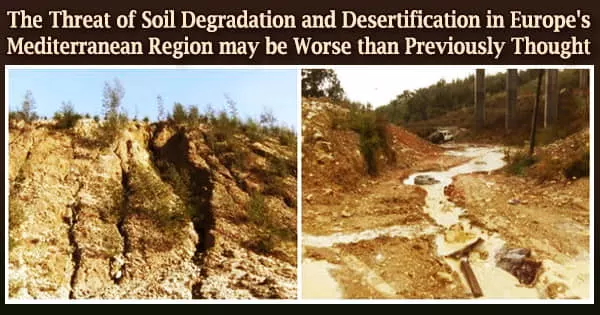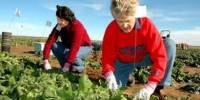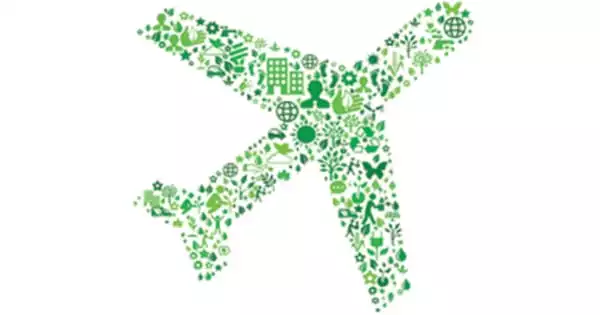The Mediterranean countries of Europe produce a large percentage of the world’s wines, olives, almonds, and tomatoes. However, research indicates that the region’s fields and orchards are the most vulnerable to soil erosion and desertification in Europe.
Soil degradation refers to the loss of a land’s production capacity as measured by soil fertility, biodiversity, and deterioration. Farming, industrial, and commercial pollution are among the causes, as are the loss of arable land owing to urbanization, overgrazing, unsustainable agricultural practices, as well as long-term climate changes.
Desertification is a type of dryland land degradation in which biological production is lost as a result of natural processes or human activity, causing productive areas to become progressively arid. It is the extension of arid areas as a result of a multitude of factors, including climate change and human-caused soil overexploitation.
Researchers from KTH Royal Institute of Technology in Sweden, Stockholm University, and the Navarino Environmental Observatory in Greece found that the Mediterranean region has the highest overall soil erosion rates in Europe, the lowest levels of soil organic matter, and severe salinization problems, according to an analysis of agriculture research and data from the dozen European countries that line the Mediterranean coast.
The findings were reported in Science of the Total Environment, a scholarly journal. Some soils in Europe’s Mediterranean region are reaching “critical limitations for their ability to supply ecosystem services,” such as farming and carbon absorption, due to human-caused stresses and global warming, according to the researchers.
A coordinated network is needed to investigate soil biodiversity and assess its spatial and temporal trends as means for preventing future degradation in the Mediterranean region.
Zahra Kalantari
Even more concerning, according to research co-author Zahra Kalantari, an associate professor at KTH, the problem may be more widespread than we recognize.
According to the authors, soil degradation is a multi-faceted problem involving physical, chemical, and biological processes, and there are considerable gaps in our understanding of the threat’s depth and scope.
While some studies have looked into the economic effects of crop yield declines caused by soil erosion, Kalantari adds there are still no economic assessments of the effects of other soil degradation processes in the Mediterranean.
The researchers cite a 2017 Romanian study that found that 25% of the land in the EU half of the Mediterranean basin is at risk of desertification, owing to erosion, declining organic matter and biodiversity, contamination, salinization, sealing (for example, due to road or building construction), and compaction from farm machinery and animals.
Many physical, chemical and biological degradation processes are well-documented, but others, such as soil biodiversity loss, are not. She claims that loss of organic matter, contamination from pesticides and urban and industrial areas, compaction, and erosion are threatening the quantity of organisms and animals such as worms and ants that give biodiversity and replenish the soil.
The dangers to soil cannot be addressed without a deeper understanding of where, when, and how these processes occur, according to Kalantari.
According to the report, soil assessments should be compiled “within a standardized, continuous monitoring system (that) would produce comparable information.”
“A coordinated network is needed to investigate soil biodiversity and assess its spatial and temporal trends as means for preventing future degradation in the Mediterranean region,” Kalantari says.
















